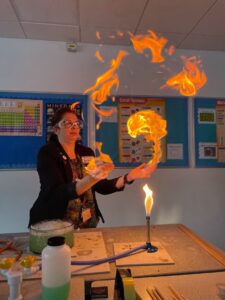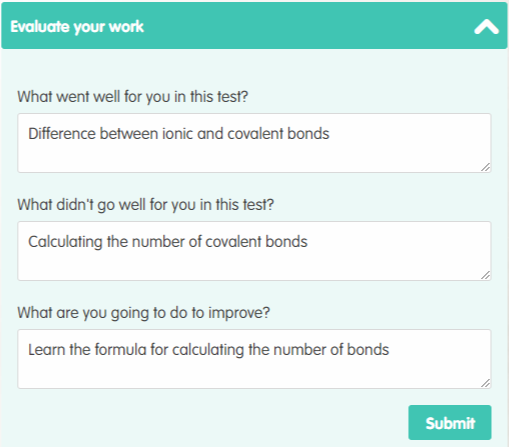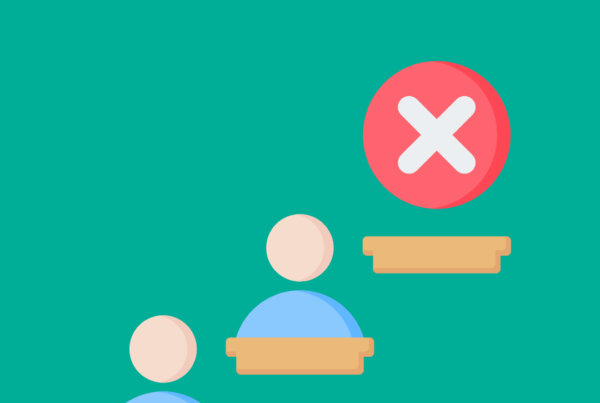
Sam Holyman is an explosive Chemistry teacher who has worked at management level in a variety of settings including comprehensive, grammar and independent schools in the Midlands.
She is also a successful academic author with over 30 titles to her name from established publishers like OUP, Pearson and Collins.
Metacognition is a big buzzword in teaching, but what exactly is it, and how can we use it to support our learners?
From the 1970s to today
Metacognition is often summarised as “learning to learn”. The term was introduced by John Flavell in the 1970s to refer to knowledge of one’s own cognition skills, which are the mental abilities that allow people to think, learn, remember, and solve problem. It’s gained traction in UK education recently, with teachers encouraged to explicitly teach these skills so that students can apply them across subjects.
Metacognition strategies are a way of analysing learning and building thinking skills. This allows students to optimise the time they spend learning. The Education Endowment Trust reports that these techniques can translate to an additional 7 months of learning!1https://educationendowmentfoundation.org.uk/education-evidence/guidance-reports/metacognition
Using learners’ time wisely
Many students enjoy practising skills in which they are already proficient. But strong learners do the opposite – they identify their weaknesses and work to improve them until they become areas of strength. The skill of a good teacher is to coach the learner and help them to honestly evaluate their learning.
By effectively using metacognition techniques, learners use their time wisely. Not by going over material they are already comfortable with, but showing real grit and determination by tackling what challenges them.
Intelligent assessment
As teachers, sometimes we just need to find out where a class is before we can move the learning on. One quick way to “take the temperature” of a class is to give them a short series of retrieval questions such as those on Educake. This allows the teacher to see the class’s level of knowledge and potentially change the course of the lesson. In some cases, they might add information to ensure foundations are solid before moving on to the new learning in the lesson.
In addition, learners can set themselves quizzes, allowing them to create links in their own understanding and distinguish between concepts. The Revision Wizard helps ensure students receive a balanced diet of retrieval practice as they prepare for exams.
Challenge
It is important to remember that metacognition strategies should include the correct level of challenge. Questions can be targeted at different levels to scaffold understanding. For example, a teacher might look at one part of the specification and see how a slight re-phrasing generates a more challenging question while keeping the basic subject knowledge the same. The teacher could then model how to answer the series of questions, drawing out key terms and showing how the teacher arrived at the answer. Questions in Educake are rated by difficulty to make this process easier.
The final part of metacognition is reflection. Students should reflect on their learning, evaluating what went well and building up a toolbox of strategies that they can apply when tackling learning.




